Can the badly broken prescription drug market be fixed?
Prescription drugs are unaffordable for millions of people. With the right policy solutions, we can get back on the path to affordability.
The high cost of prescription drugs is making them unaffordable for patients.
By Anthony A. Barrueta, Senior Vice President, Government Relations
In a free market, sellers compete on price, and buyers choose the lowest priced good that meets their needs. It’s a fundamental law of economics.
But in the real world, this law sometimes crumbles — especially in America’s prescription drug market.
Drugmakers rarely compete on price. This is one reason why the U.S. spent over $633 billion on prescription drugs last year.
Compared with other high-income countries, the U.S. has the highest per capita prescription drug spending.
How government policies led to higher drug prices
Starting in 1990, a series of policy changes undermined any leverage buyers had to help rein in rising costs.
- Medicaid Drug Rebate Program — Congress introduced the Medicaid Drug Rebate Program in 1990. Under this law, in exchange for having all of their drugs covered, drugmakers agree to pay rebates to state Medicaid programs. Because the law requires that Medicaid receive the “best price,” manufacturers cannot offer deeper discounts to private purchasers. This price floor means Americans with private health insurance (that is, most Americans) pay higher prices for drugs and higher premiums for drug coverage than they otherwise could.
- Health plans covering most drug costs — Over time, health plans have paid for a larger share of the total cost of prescription drugs. Even before Medicare started offering prescription drug coverage in 2006, consumers had become more insulated from the full price of drugs. This helped consumers afford their medications. But patients and their doctors are often unaware of the full price of a drug. They have no reason to seek or choose an equally effective, lower-priced alternative.
- Loopholes in patent laws — When the federal government grants a drugmaker a patent, only the company that holds the patent can make and sell the drug for a period of time. Without competition, these drugmakers can set whatever price they like. Patents are important to stimulate innovation. But there are loopholes. In some cases, drugmakers get patents — and great financial rewards — based on publicly financed drug research. Sometimes they build a complex web of patents. Called patent thickets, these webs make it much harder for competitors to come to market.
This combination of policies has allowed manufacturers to raise prices relentlessly without fear of political or market consequences.
Policy solutions
The broken prescription drug market makes health care unaffordable for millions. But we have some policy options, including:
- Addressing anticompetitive behavior. We can build a fairer patent system. New legislation in Congress addresses patent thickets and more.
- Increasing the use of biosimilars. At Kaiser Permanente, we use the biosimilar versions of drugs whenever possible. They’re equally effective and less expensive. For example, we’ve switched most of our members to the newest biosimilar for Humira, a prescription medication for rheumatoid arthritis and other inflammatory diseases. This saved close to $300 million in 2023 alone.
Humira has a list price of $7,000. By switching members to the biosimilar, we lowered costs for our members and employer groups. Congress should make it easier for doctors to use biosimilars with their patients.
- Focusing on the evidence of a drug’s safety and efficacy. We pay far too much for drugs that don’t improve health outcomes or that show little value over alternative treatments. New policies should strengthen how the Food and Drug Administration approves drugs. This will ensure that available drugs are safe and work well.
- Strengthening Medicare’s ability to negotiate drug prices. Thanks to a law passed in 2022, Medicare can now negotiate the price of a few of the costliest drugs in the US. The drug industry is pushing back aggressively through lawsuits and heavy lobbying. Congress should stand firm and build on this law to protect both Medicare and its beneficiaries into the future.
- Tackling drug shortages. Shortages of specific drugs prevent patients from getting the treatment they need. These shortages also cause rising prices. It’s time our government did more to incentivize companies to make more generic (lower cost) drugs in America. And we need policies that compel drug manufacturers to share more information about their supply pipeline. Then health care systems and providers can identify problems earlier.
The prescription drug market is broken.
It’s time for our lawmakers to have some serious conversations about solutions. Patients deserve access to effective drugs at prices we all can afford.
-
Social Share
- Share Can the Badly Broken Prescription Drug Market Be Fixed? on Pinterest
- Share Can the Badly Broken Prescription Drug Market Be Fixed? on Linkedin
- Share Can the Badly Broken Prescription Drug Market Be Fixed? on Twitter
- Share Can the Badly Broken Prescription Drug Market Be Fixed? on Facebook
- Print Can the Badly Broken Prescription Drug Market Be Fixed?
- Email Can the Badly Broken Prescription Drug Market Be Fixed?

April 12, 2024
It’s time to address America’s Black maternal health crisis
Health care leaders and policymakers should each play their part to help …

April 8, 2024
Reducing inequity with fruits and vegetables
Black Americans experience worse health outcomes compared to other populations …

March 19, 2024
Fostering responsible AI in health care
With the right policies and partnerships, artificial intelligence can lead …

March 18, 2024
Program helps member prioritize her health
Medical Financial Assistance program supports access to health care.

March 6, 2024
Former employee honored for supporting South LA families
Bill Coggins, who founded the Kaiser Permanente Watts Counseling and Learning …

March 4, 2024
Taking care of Special Olympics athletes
Kaiser Permanente physicians and medical students provide medical exams …

February 27, 2024
What you should know about biosimilar drugs
A class of drugs that makes care more affordable has emerged over the last …

February 12, 2024
Proposition 1 would bolster mental health care in California
Kaiser Permanente supports the ballot measure to expand and improve mental …

February 2, 2024
Expanding medical, social, and educational services in Watts
Kaiser Permanente opens medical offices and a new home for the Watts Counselin …

January 31, 2024
Prioritizing policies for health and well-being in Colorado
CityHealth’s 2023 Annual Policy Assessment awards cities for their policies …

January 22, 2024
Solutions for strengthening the mental health care workforce
Better public policies can help address the challenges. We encourage policymak …

January 10, 2024
‘You don’t know unless you ask them’
Kaiser Permanente’s Patient Advisory Councils help us create exceptional …

December 20, 2023
Funding solutions to end gun violence
Researchers and organizations are exploring inventive ways to reduce gun …

December 20, 2023
Championing inclusivity at the Fall Games
Kaiser Permanente celebrates inclusion at Special Olympics Southern California …
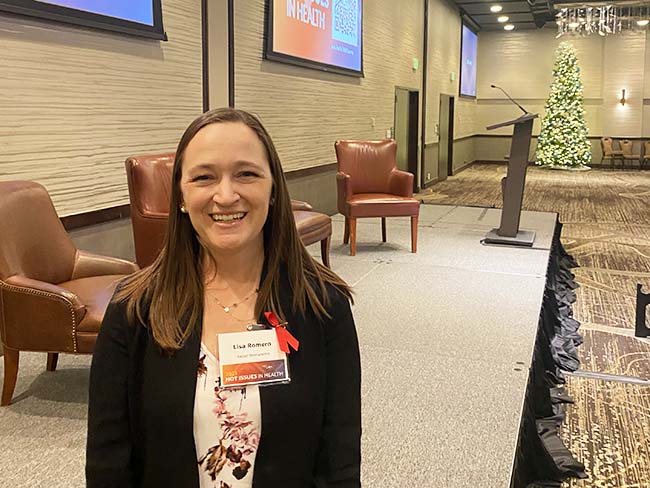
December 15, 2023
Climate change is already affecting our health
The health care industry is responsible for 8% to 10% of harmful emissions …

December 7, 2023
Safe, secure housing is a must for health
We offer housing-related legal help to prevent evictions and remove barriers …

December 6, 2023
Solid foundation: How construction careers support health
Steady employment can improve a person's health and well-being. Our new …

November 13, 2023
Congress must act to address drug shortages
Kaiser Permanente is working to address drug shortages and support policies …

November 9, 2023
New 4-year agreement ratified
National agreement between Kaiser Permanente and the Coalition will help …

November 1, 2023
Meet our 2023 to 2024 public health fellows
To help develop talented, diverse community leaders, Kaiser Permanente …

October 12, 2023
Our commitment to transforming mental health care in California
Kaiser Permanente and the California Department of Managed Health Care …

October 11, 2023
Expanded gun violence prevention efforts
The next phase for the Kaiser Permanente Center for Gun Violence Research …

September 29, 2023
2022 in review: A focus on equity, quality, and community
Our annual report shows how our dedicated employees and physicians provided …

September 8, 2023
Regulated waste settlement in California
We are committed to the well-being of the environment and protecting the …

September 6, 2023
Advancing mental health crisis care through public policy
Organizations that provide public mental health crisis services must work …

August 15, 2023
'Hot-spot' strategy gets more Californians vaccinated
A new location-based vaccine strategy by Kaiser Permanente was successful …

August 10, 2023
Highlighting our community health work in Southern California
The Kaiser Permanente Southern California 2022 Community Health Snapshot …

August 2, 2023
Social health resources are just a click or call away
The Kaiser Permanente Community Support Hub can help members find community …

July 26, 2023
Kaiser Permanente hiring 10,000 new staff for Coalition jobs
More than 6,500 of these union-represented positions have already been …

July 11, 2023
Our prescription for safe, effective, more affordable drugs
Our approaches ensure effectiveness and safety, and drive cost savings. …

June 30, 2023
Our response to Supreme Court ruling on LGBTQIA+ protections
Kaiser Permanente addresses the Supreme Court decision on LGBTQIA+ protections …

June 29, 2023
Our response to Supreme Court's ruling on affirmative action
Kaiser Permanente addresses the Supreme Court decision on affirmative action …

June 29, 2023
Special Olympics athletes go for the gold
Kaiser Permanente celebrated its sixth year as official health partner …

June 14, 2023
Honored for commitment to people with disabilities
The Achievable Foundation recognized Kaiser Permanente for its work to …

June 7, 2023
Engaging businesses for action on climate and health equity
New climate collaborative with BSR announced at joint Kaiser Permanente …

June 1, 2023
Policy recommendations from a mental health therapist in training
Changing my career and becoming a therapist revealed ways our country can …
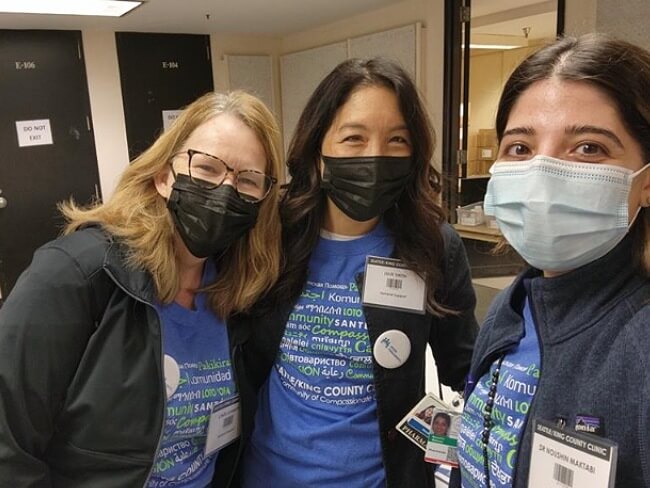
May 30, 2023
Volunteer-driven clinic offers free care in Washington
The annual Seattle King County Clinic brings health care to low-income …

May 22, 2023
Investing and partnering to build healthier communities
Kaiser Permanente supports Asian Americans Advancing Justice to promote …

May 10, 2023
A workplace for all
We value and respect employees and physicians of all backgrounds, identities, …

May 10, 2023
Equity, inclusion, and diversity
We strive for equity and inclusion for all.

May 2, 2023
Women lead an industrial revolution at the Kaiser Shipyards
Early women workers at the Kaiser shipyards diversified home front World …
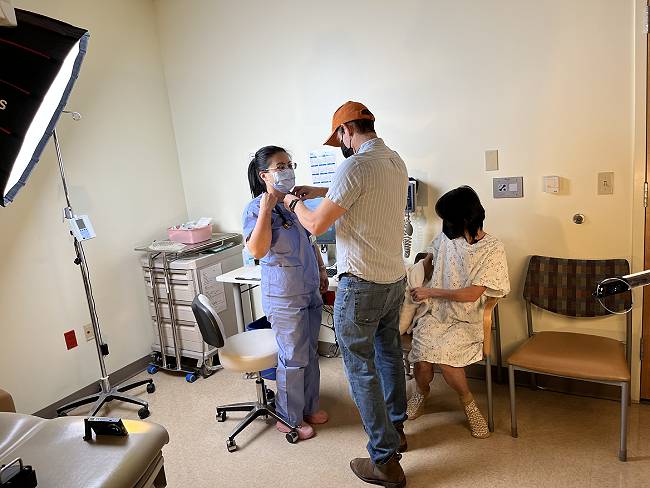
April 27, 2023
Inspiring students to pursue health care careers
Kaiser Permanente is confronting future health care staffing challenges …

April 25, 2023
Hannah Peters, MD, provides essential care to ‘Rosies’
When thousands of women industrial workers, often called “Rosies,” joined …

April 11, 2023
Collaboration is key to keeping people insured
With the COVID-19 public health emergency ending, states, community organizati …
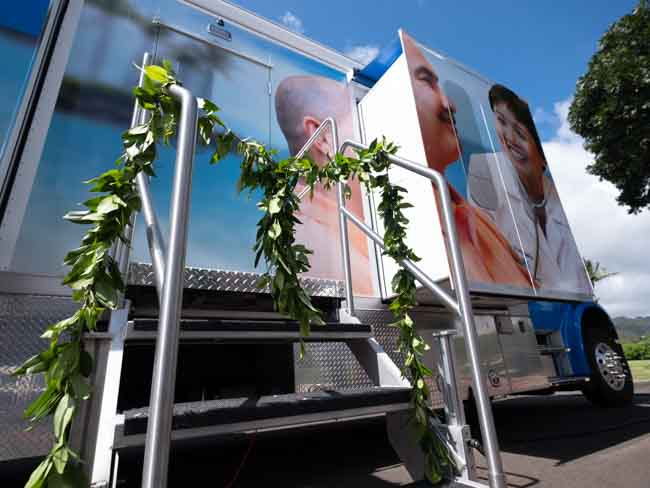
April 7, 2023
Increasing access to health care
Kaiser Permanente launches new mobile health vehicle on Oahu.

April 5, 2023
Housing help brings stability to patients’ lives
With medical-legal partnerships, we’re helping prevent evictions.

April 3, 2023
Hospital patients who are homeless connected to housing
A Kaiser Permanente program connects patients experiencing homelessness …

March 29, 2023
Supporting a safer future with public health
We’re partnering on 3 initiatives to strengthen public health in the United …

March 28, 2023
Sentenced to prison, not a life of bad health
Reentering society after serving time can land people in unhealthy situations. …

March 14, 2023
Named among World’s Most Ethical Companies for 5th time
Organizations that receive this recognition improve communities, build …

March 13, 2023
Making waves with our first female sports ambassador
Kaiser Permanente in Southern California partners with San Diego Wave Fútbol …

March 7, 2023
Hiring alone won’t solve the health care worker shortage
For America to build — and keep — a health care workforce big enough to …
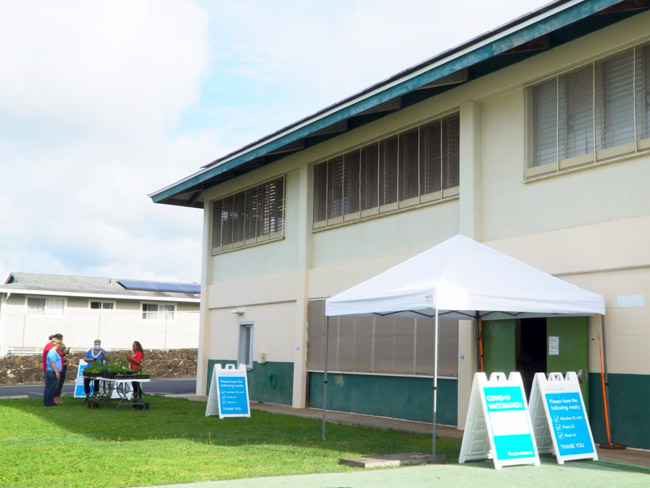
March 2, 2023
Improving the health of the community
Kaiser Permanente awards $80,000 in grants for health policy and community …

February 28, 2023
A conversation about pregnancy and women’s heart health
New research shows blood pressure patterns early in pregnancy can identify …

February 17, 2023
Good health starts in our communities: 2022 by the numbers
Kaiser Permanente supports total health in our communities in partnership …
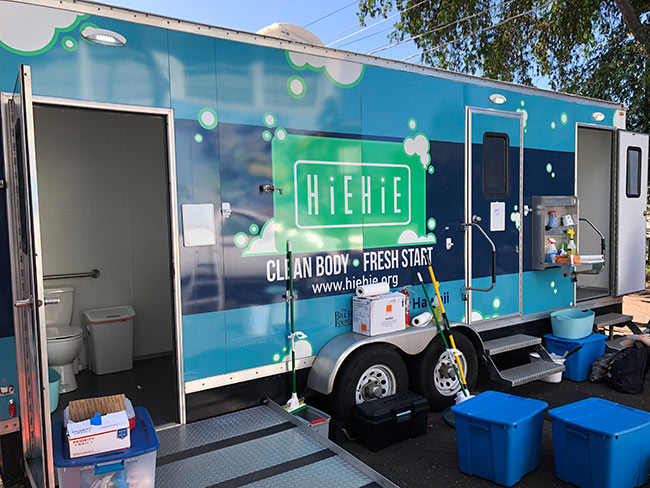
February 3, 2023
Addressing health and housing insecurity
Kaiser Permanente supports 3 Hawaii-based nonprofits.

February 2, 2023
Addressing social isolation in the Northwest
Kaiser Permanente invests $3.3 million to build healthy social connections …
January 24, 2023
Anthony A. Barrueta

January 17, 2023
Lawmakers must act to boost telehealth and digital equity
Making key pandemic-era telehealth policies permanent and ensuring more …

December 5, 2022
Want to lower drug prices? Reform the U.S. patent system
Pharmaceutical manufacturers that exploit the current system drive up …

November 16, 2022
Passport to preventive care
Special event helps Latino community ensure their flu vaccinations and …

November 14, 2022
It’s time to rethink health care quality measurement
To meaningfully improve health equity, we must shift our focus to outcomes …
November 11, 2022
Early leaders in equity and inclusion
Explore Kaiser Permanente’s commitment to equitable, culturally responsive …

November 11, 2022
High-quality, equitable care
We believe everyone has a right to good health.

November 9, 2022
Applauding California’s ban on flavored tobacco
Voters passed Proposition 31, allowing the law banning these addictive …

November 8, 2022
Protecting access to medical care for legal immigrants
A statement of support from Kaiser Permanente chair and CEO Greg A. Adams …

October 21, 2022
Kaiser Permanente therapists ratify new contract
New 4-year agreement with NUHW will enable greater collaboration aimed …

September 29, 2022
Partnerships create pathways and launch dreams for youth
Collaboration offers ambitious young people an introduction to a health …
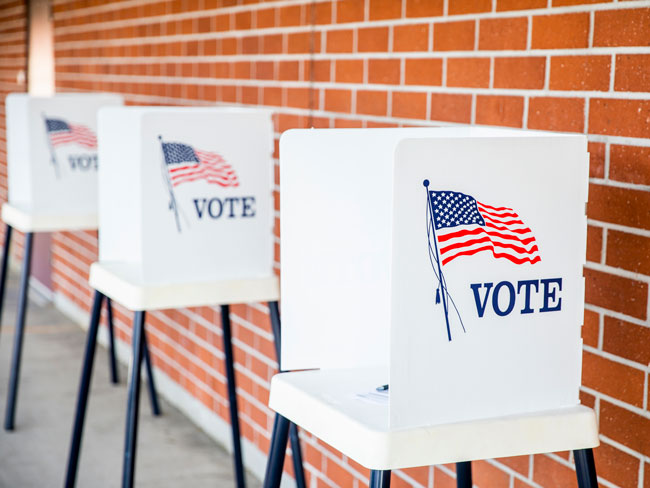
September 16, 2022
Voter participation advances equity
National Voter Registration Day aims to register eligible voters and ensure …

September 14, 2022
Rent reporting can help millions build credit and thrive
A good credit score can make it easier to buy a home, pay for school, or …

September 13, 2022
Creating tobacco-free communities
Kaiser Permanente backs national efforts to ban flavored tobacco.

September 9, 2022
Minority youth mental health may not be elementary
Support, talk about, and advocate for kids’ mental health. Otherwise, greater …

August 17, 2022
2021 annual report sheds light on another challenging year
We reflect on 3 major COVID-19 surges, urgent vaccination efforts, and …

August 16, 2022
Our support for the Inflation Reduction Act
A statement from chair and chief executive Greg A. Adams on the importance …

August 12, 2022
Preserving affordable health care coverage for millions
Congress should act to make COVID-19 policies permanent and ensure millions …
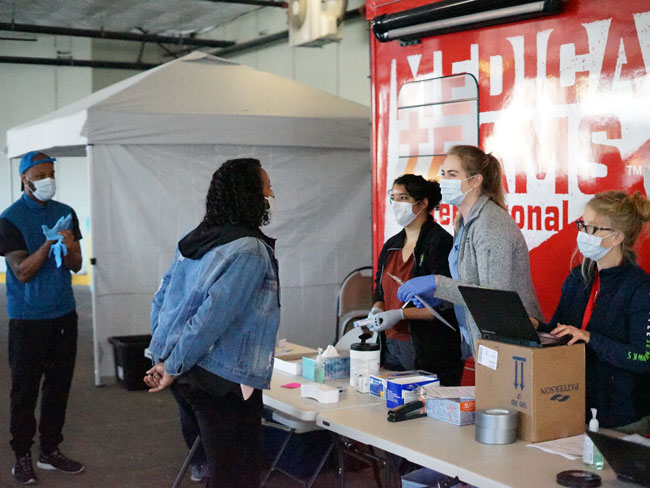
August 8, 2022
Kaiser Permanente and Medical Teams launch mobile services
Mobile dental and medical clinics are now available for uninsured individuals …

June 16, 2022
Leadership and innovation to prevent gun injuries and deaths
Kaiser Permanente’s new Center for Gun Violence Research and Education …

May 29, 2022
Gun violence is a public health crisis. A preventable one.
We must do more to prevent gun violence and educate on its health implications …

May 27, 2022
Grants help AAPI communities and businesses
Kaiser Permanente is working with community organizations and businesses …

May 27, 2022
The importance of connecting patients with social resources
In Oregon and Southwest Washington, Kaiser Permanente is helping members …

May 18, 2022
Lifestyle coaching lowers blood pressure in Black adults
Kaiser Permanente study finds culturally tailored program leads to long-term …

May 18, 2022
Our response to DMHC survey of behavioral health services
We appreciate the Department of Managed Health Care’s interest and accountabil …
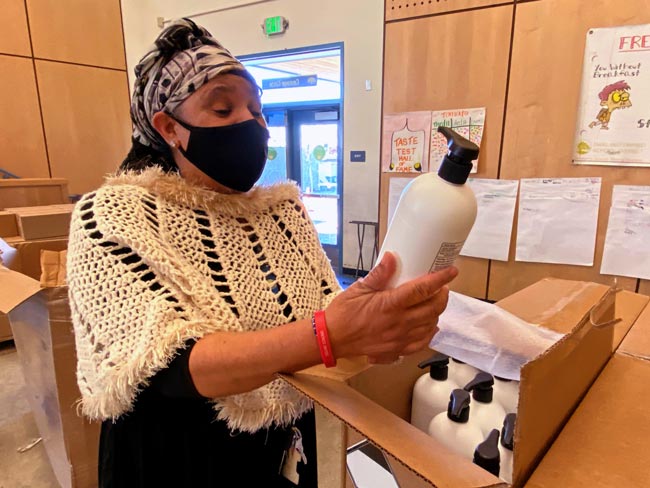
May 4, 2022
Donated supplies keep community organizations pandemic-ready
We donated over $28 million worth of face masks, hand sanitizer, and other …

May 2, 2022
How to transform mental health care: Follow the research
We applaud President Biden and Congress as they begin to set policies that …

April 26, 2022
Employee-owned businesses foster healthier local economies
When employees share in the wealth of their company, the community benefits. …

April 19, 2022
Medical school ranks among nation’s most diverse
The ranking reflects the Kaiser Permanente Bernard J. Tyson School of Medicine …
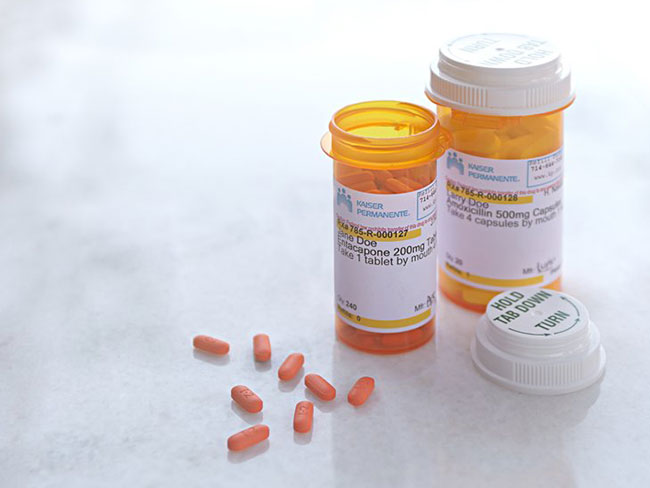
April 5, 2022
Pharmaceutical marketing hurts patients’ care
At Kaiser Permanente, our physicians and pharmacists work together to ensure …

April 4, 2022
Celebrating 5 years as Special Olympics' official health partner
We are set to join Special Olympics Southern California athletes as they …

March 22, 2022
NUHW psych-social employees ratify agreement
The agreement between Kaiser Permanente and the NUHW in Southern California …

March 22, 2022
Our commitment to equity and our LGBTQIA+ communities
A statement from chair and chief executive officer Greg A. Adams.

February 28, 2022
Private investments in housing are critical — and not enough
Public policy changes and private investments together are needed to end …

February 24, 2022
Mural celebrates North Portland community
Art installation at Kaiser Permanente Interstate Medical Center reflects …

February 21, 2022
A best place to work for LGBTQ+ equality
Human Rights Campaign Foundation gives Kaiser Permanente another perfect …

February 4, 2022
Expanding Medi-Cal enrollment, improving quality
Kaiser Permanente, state of California reach agreement to cover more people …

February 1, 2022
Improved public health relies on stronger partnerships
When public health systems work together with health organizations, community …

December 6, 2021
Faith leaders use trusted voices to encourage vaccination
Grants expand support for faith-based organizations working to protect …
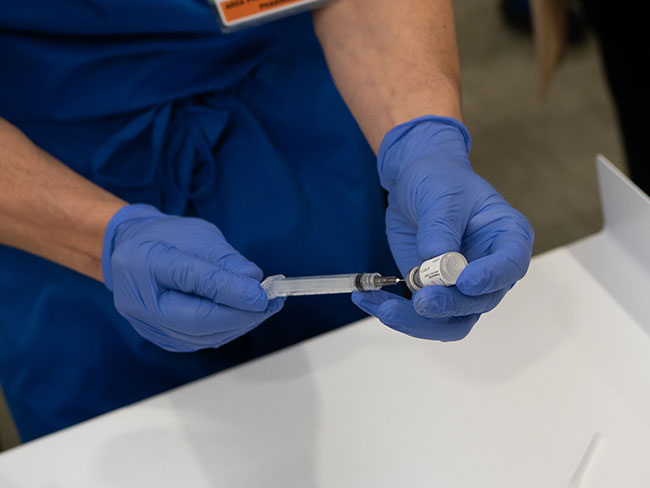
October 12, 2021
Beyond advocacy: Requiring vaccination to stop COVID-19
Kaiser Permanente and other leading companies are mandating COVID-19 shots …
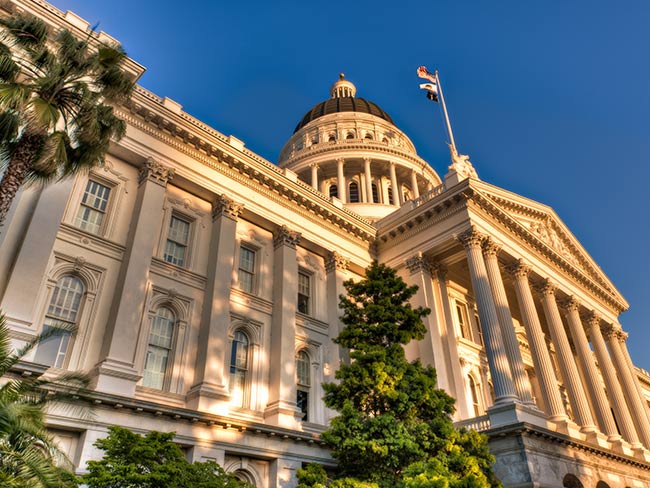
October 1, 2021
Our support of California’s student vaccination requirement
A statement from Kaiser Permanente chair and chief executive officer Greg …

September 23, 2021
Alternative to using race in kidney function test found
Kaiser Permanente study supports eventual use of new way to estimate kidney …
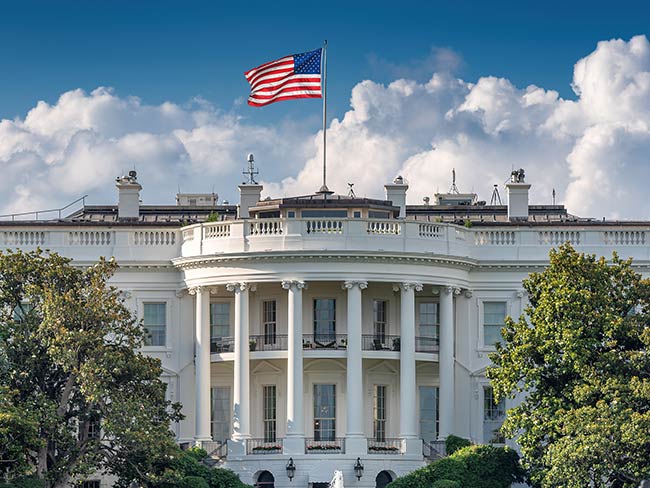
September 15, 2021
Our progress in the battle to end this pandemic
A statement from Kaiser Permanente chair and chief executive officer Greg …